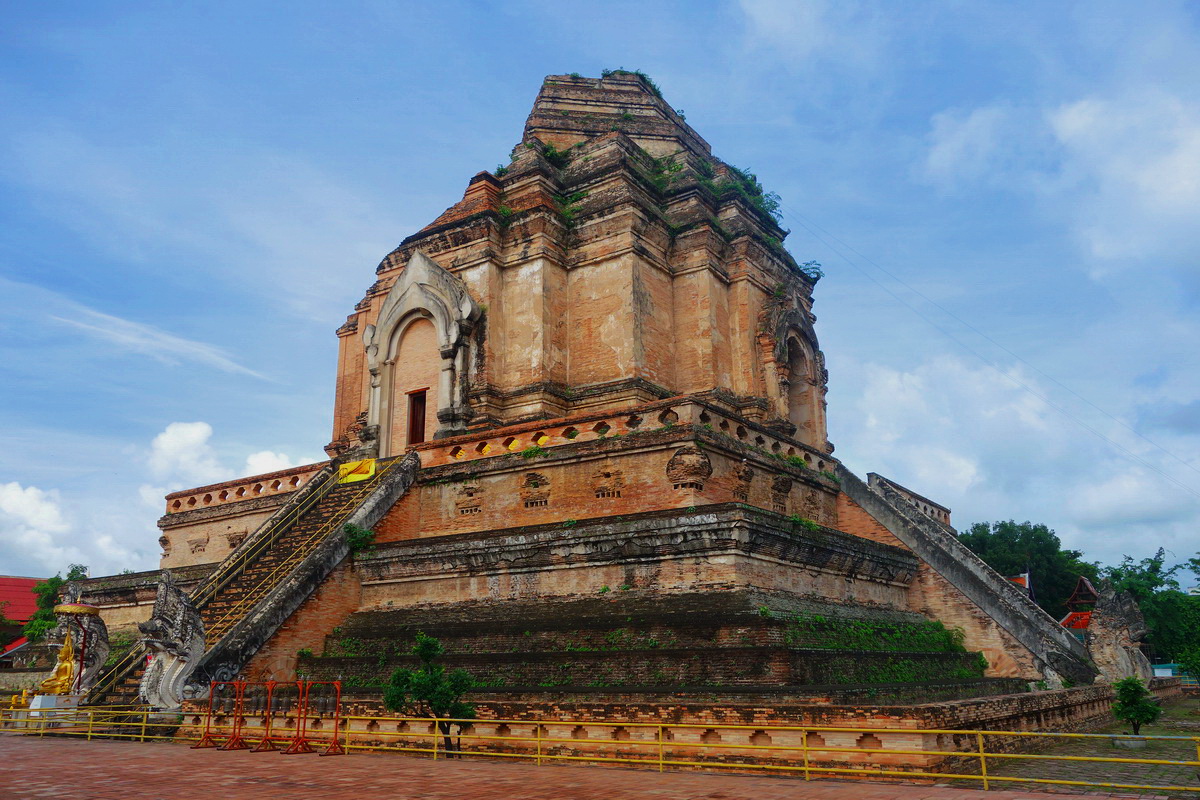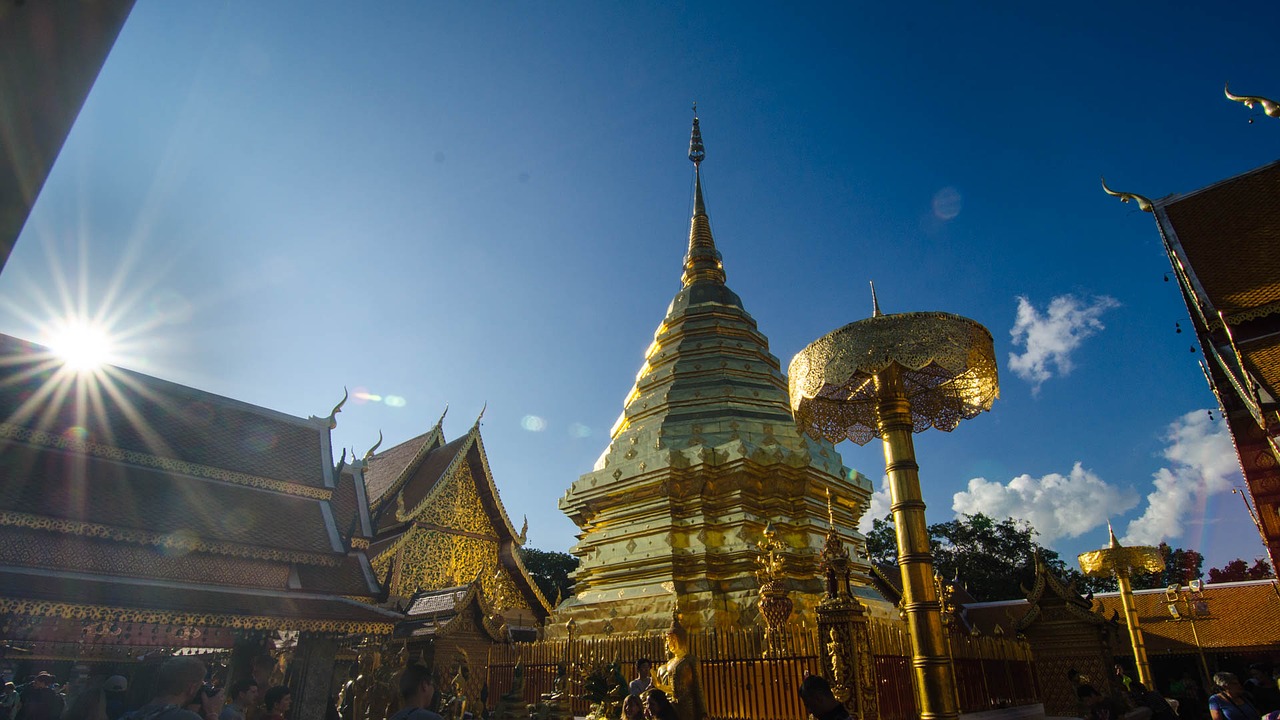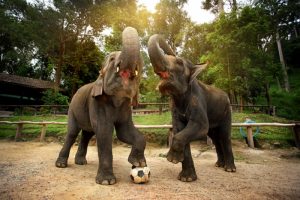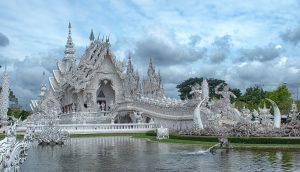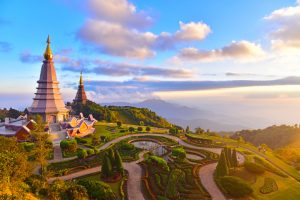King Mengrai founded the city of Chiang Mai (meaning “new city”) in 1296, and it succeeded Chiangrai as the capital of the Lannathai kingdom. Mengrai constructed a moat and a wall around the city to protect it against raids from Burma. With the decline of the Lannathai kingdom, the city lost importance and often was occupied by either the Burmese or by the Thais from Ayutthaya. As a result of the Burmese wars that culminated in the fall of Ayutthaya in April 1767, Chiang Mai itself was so depopulated that the remaining inhabitants abandoned the city for fifteen years (1776 – 1791).
Chiang Mai formally became part of Siam in 1774, when the Thai King Taksin captured the city from the Burmese. Chiang Mai rose in both cultural, trading and economic terms to gradually adopt its current status as the unofficial capital of the north of Thailand, second only in national importance to Bangkok.
The people generally speak Kham Muang (also known as Northern Thai or Lanna) amongst themselves, but the Central Thai of Bangkok is used in education and is understood by most. The old Kham Muang alphabet is now only studied by scholars and Northern Thai is commonly written using the standard Thai alphabet.
JK1.Half day Chiangmai City tour:
- pick up 8.00am at your hotel
- Suthep temple
- Chedi Luang temple
- Phra Sing temple
- Chiangmai handicraft factory
Includes:
- Minivan transport with Air condition
- Admission fee as mentioned
- English speaking guide
- Drinking water
- Travel accident insurance
- (Optional) We can setup any tour as you wish

